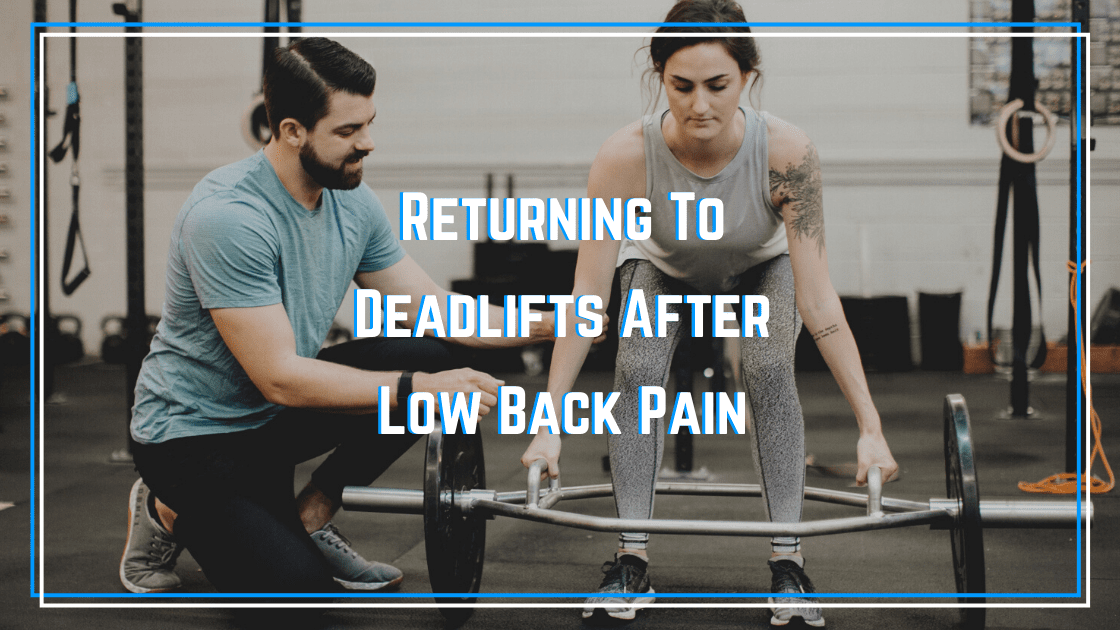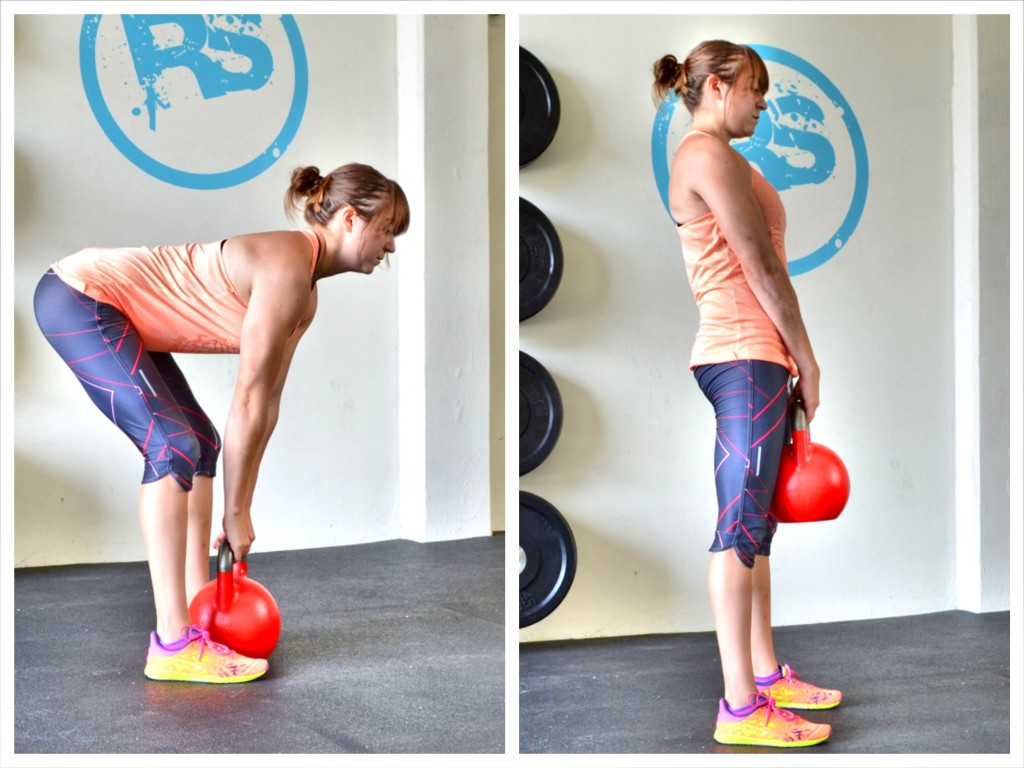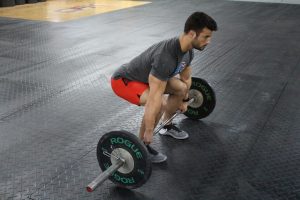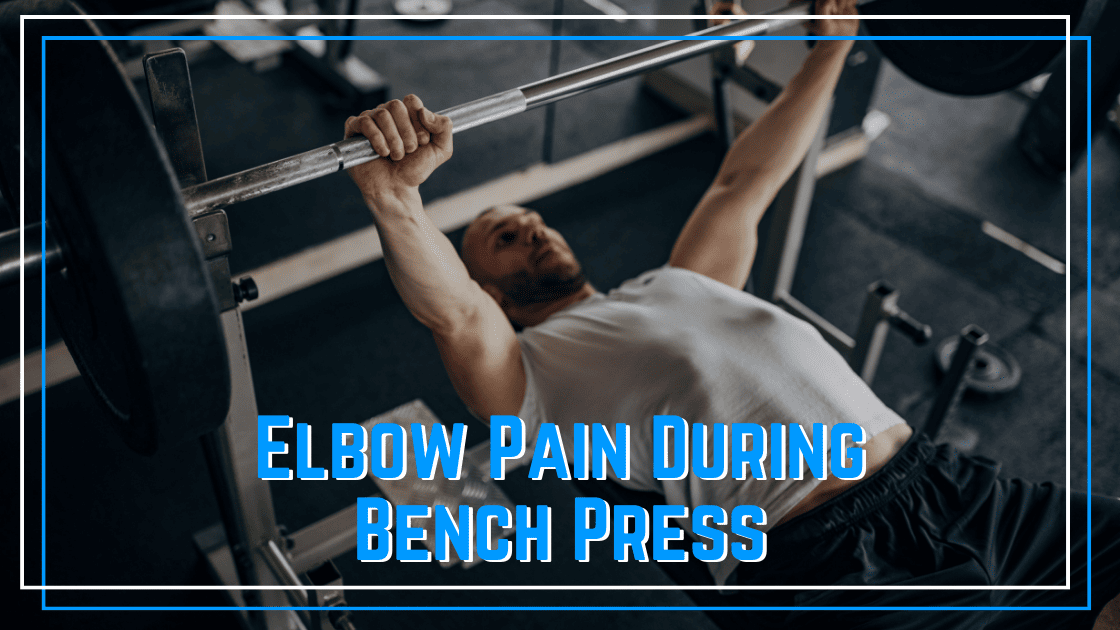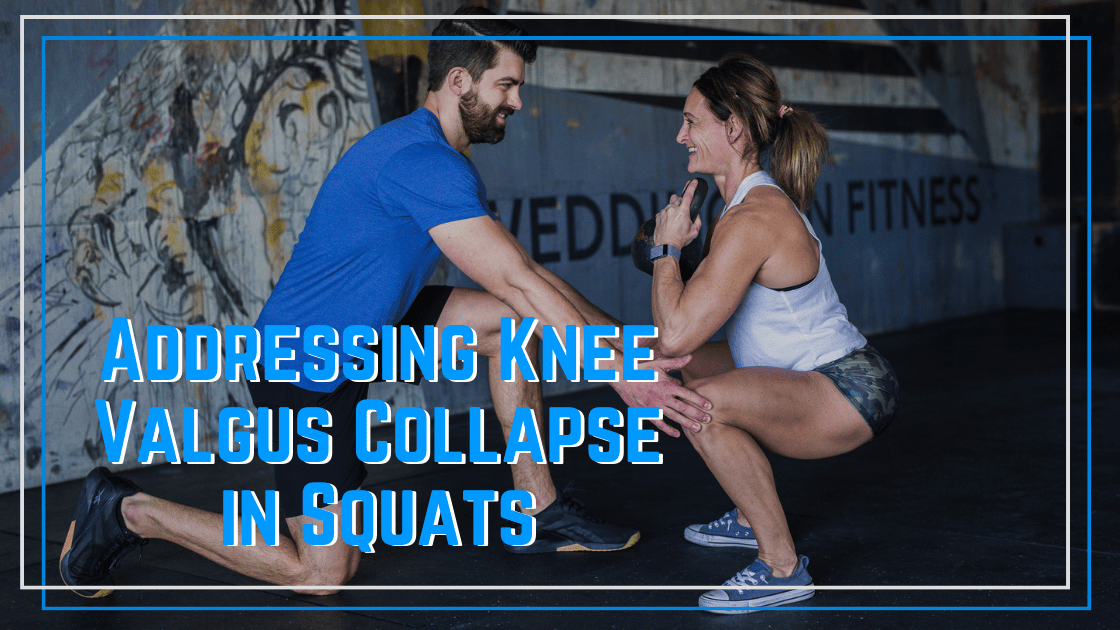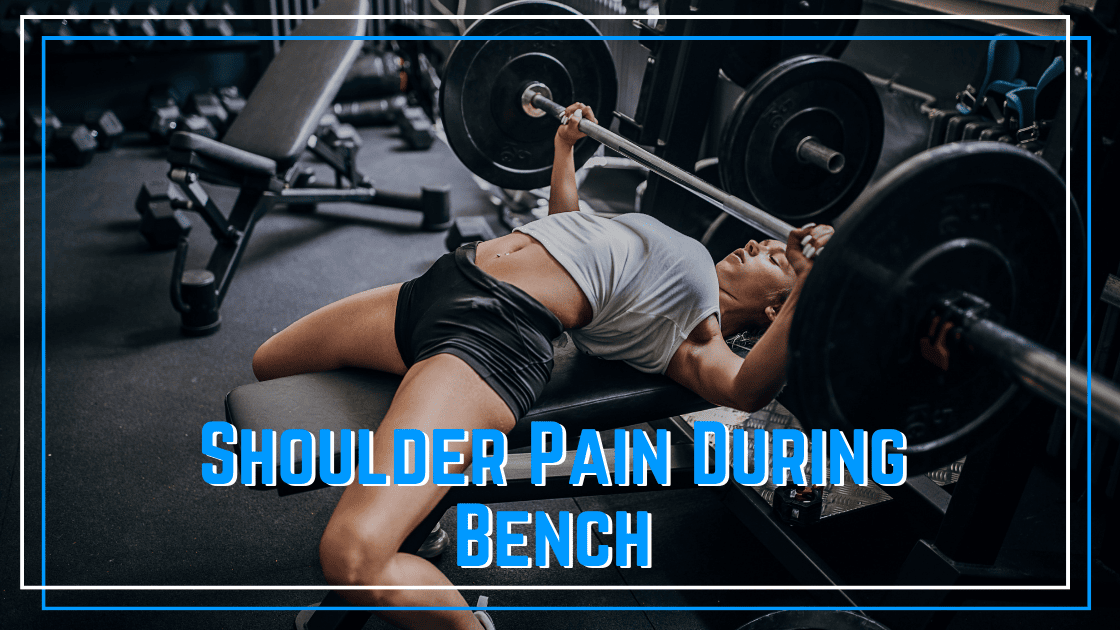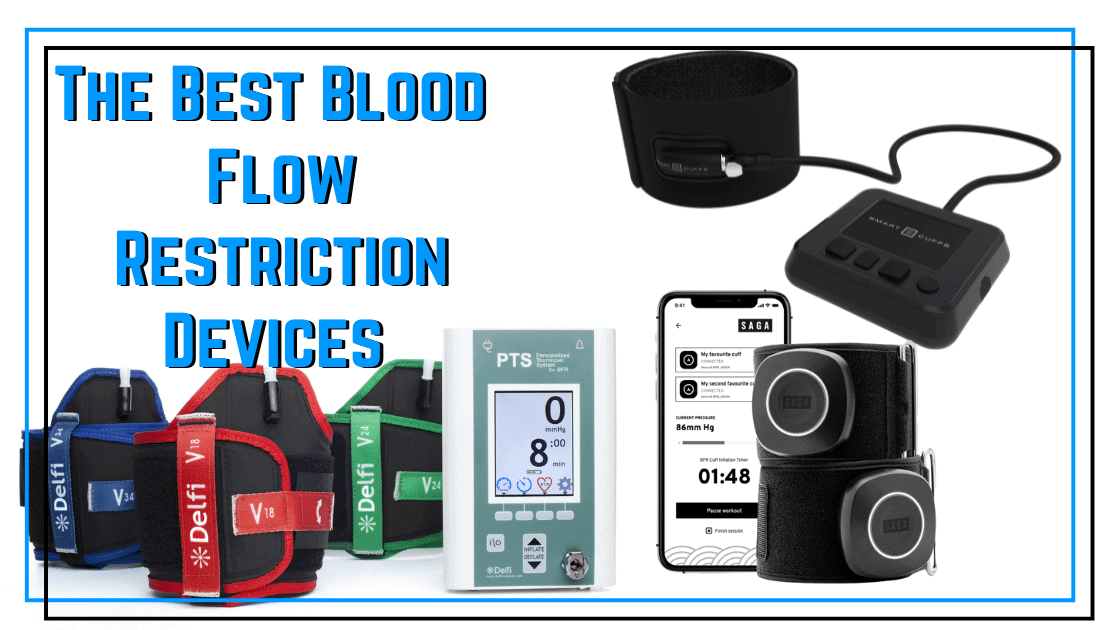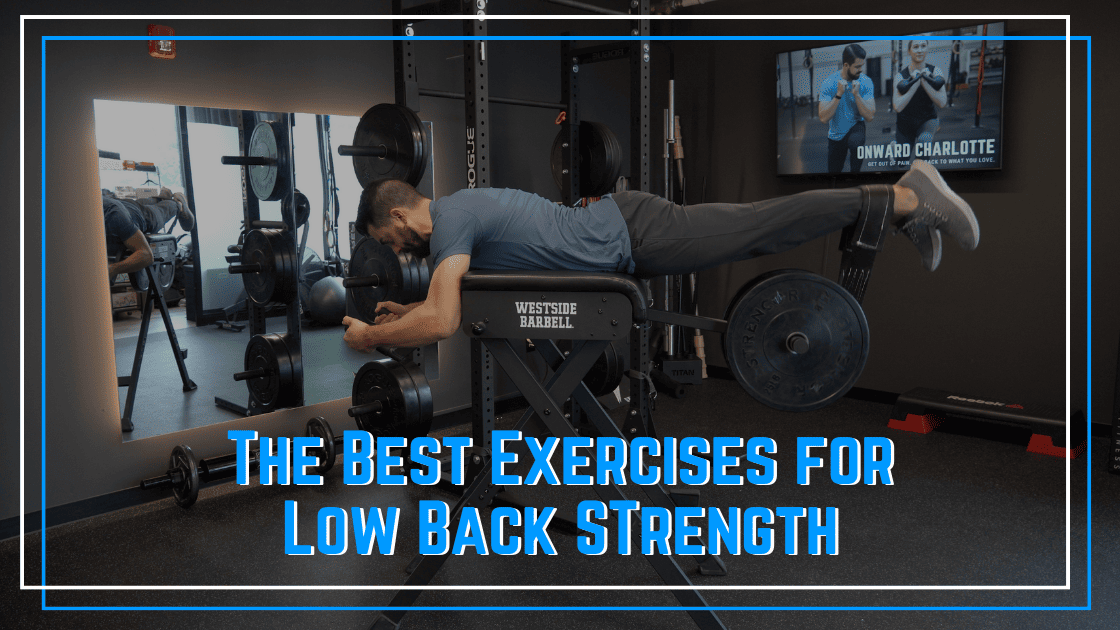If you’ve had an episode of intense low back pain, you know how scary dealing with that can be. Quite often, athletes are given poor advice when it comes to rehabbing their back. This leads to them feeling fragile and scared to return to the activities they love. The most frequent exercise I’m messaged about is the deadlift after low back pain.
So many athletes are nervous about returning to deadlifts after back pain due to this poor advice even though there is some solid research showing that deadlifts SHOULD be part of low back pain rehab.
Here’s a simple progression of exercises that I will frequently use to get athletes back deadlifting after a low back pain flare-up.
Note: I cannot answer specific medical questions about your back pain. BUT yes, I have had MANY athletes return to deadlifting with herniated discs, disc degeneration, arthritis etc. You are more than your MRI!
Return to Deadlifts After Back Pain
Dowel Hip Hinge Pattern Work
A great starting point when someone with low back pain isn’t tolerating much loading is to practice the hip hinge. We use a dowel to give some feedback on neutral spine positioning as we train this movement pattern that serves as the foundation for the deadlift.
An important note here is that we aren’t telling the individual they must always move with a neutral spine or creating fear of flexing the spine. This is just a tool for (1) training a stiff spine for when we progress to loaded variations and (2) a way to potentially modify their symptoms early in rehab.
Chinese Planks
Because we are performing an isometric of the low back, hips, and hamstrings with the Chinese Plank, many individuals that aren’t tolerating much movement do great with this exercise. It serves as a fantastic entry-level movement towards loading the low back up again after an intense episode of pain.
Bent Over Rows
Bent over rows are highly underrated in low back pain rehab. We’re working on an isometric hold of the low back muscles in a hip hinge pattern. Many individuals with significant fear of loading their low back after a painful episode don’t look at this exercise with hesitation even though it does a great job building low back strength & endurance.
Banded Good Mornings
By using bands, we change the loading on the low back. Most individuals are going to feel most fearful or hesitant of their low back in the bottom of the hip hinge. With the band, we will have the least amount of external load during this position and then increasing load as we move away from it. This combo makes it a great way to get more aggressive on strengthening the low back after a back pain flare-up.
Hip Thrusts
There are so many variations we can discuss here or implement in the clinic. The hip thrust primarily challenges the glute muscles but also work the low back. We can do unloaded variations as shown below or even load up heavily with a barbell.
Kettlebell Deadlifts
It hurts me to say this as “The Barbell Physio”, but many people are intimidated by the barbell but not so much by the kettlebell making it a good entry-level deadlift variation. The kettlebell deadlift can also be easier to teach individuals as many have a hard time figuring out how to move the barbell around their body (see my article on top deadlift mistakes).
Rack Pulls
By lifting the barbell off the ground, we can easily decrease the range of motion an individual is lifting through. This simple modification can get many individuals to return to deadlifts after low back pain.
The Barbell Deadlift
Finally, the barbell deadlift is the king of low back pain rehab due to its ability to create huge amounts of low back strength and incredible confidence in an individual’s ability to get back to life uninhibited by pain.
I outline utilizing deadlifts for low back pain in this podcast and this article.

